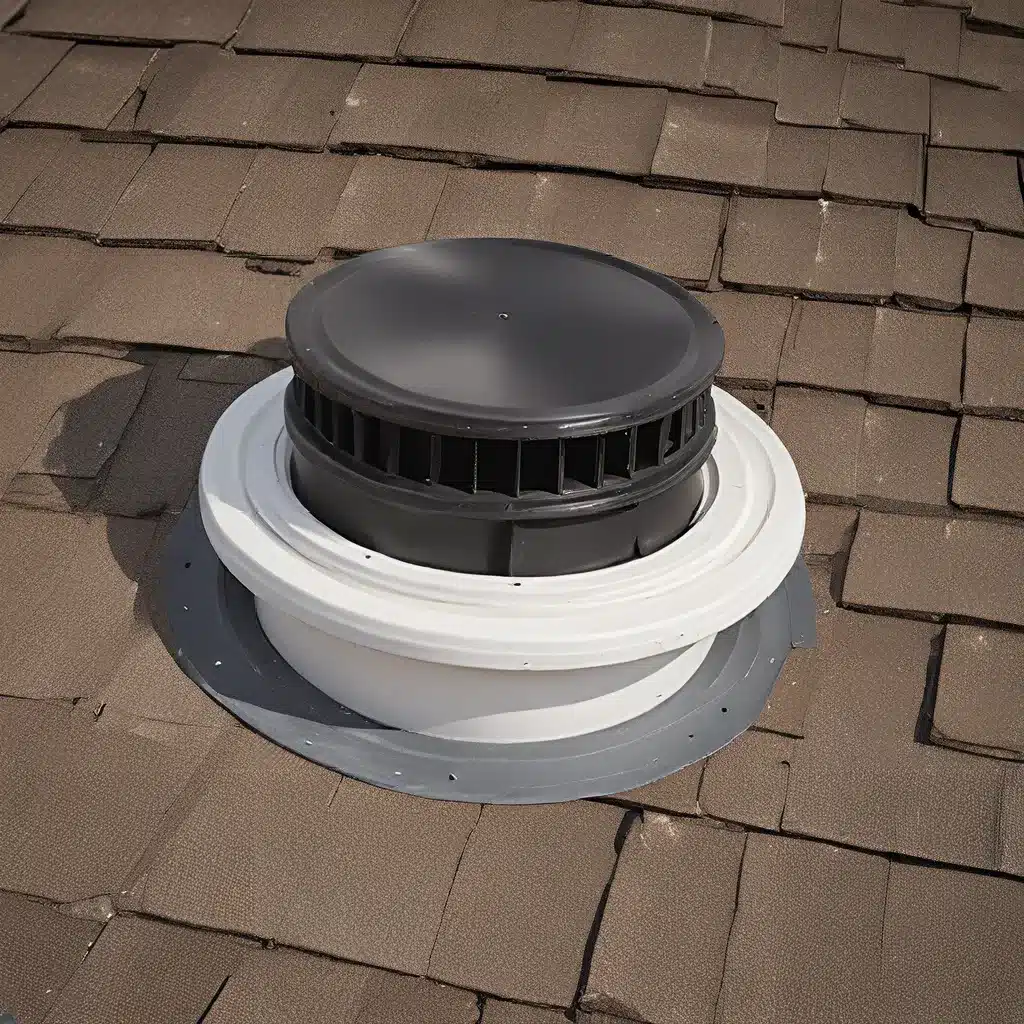
As someone who recently bought a home in the South, I’ve had my fair share of concerns when it comes to keeping my attic spaces comfortable and energy-efficient. With the sweltering summers and unpredictable winters, ensuring proper roof ventilation has become a top priority for me.
The Importance of Roof Ventilation
Proper roof ventilation is crucial for maintaining a healthy, comfortable, and energy-efficient home, especially in the South. Without adequate ventilation, your attic can become a breeding ground for all sorts of issues – from excessive heat buildup and moisture problems to pesky bat infestations. Trust me, you don’t want to deal with those furry critters taking up residence in your roof!
The key to effective roof ventilation is creating a balanced system that allows hot, moist air to escape while drawing in cooler, drier air from the outside. This helps regulate the temperature and humidity levels in your attic, which can have a significant impact on the overall comfort and efficiency of your home.
Tackling the Challenges of Attic Spaces in Southern Homes
As I’ve learned from my own experience and the insights shared on GreenBuildingAdvisor.com, southern homes can present some unique challenges when it comes to attic ventilation. The combination of hot, humid summers and cold, dry winters can create a perfect storm of problems if not addressed properly.
One of the biggest issues I’ve encountered is air leaks and improper insulation** in the attic. Many older southern homes, like the one I recently purchased, have inadequate or improperly installed insulation, which can lead to significant heat transfer and air infiltration. This not only makes your home less comfortable but also drives up your energy bills as your HVAC system works overtime to maintain a comfortable temperature.
Another common problem in southern attics is the presence of bat infestations, as I’ve experienced firsthand. These pesky critters can find their way into the nooks and crannies of your attic, creating a mess and potentially introducing health hazards. Effective air sealing and proper ventilation are key to keeping the bats at bay.
Developing a Comprehensive Ventilation Strategy
To tackle these challenges and ensure my attic spaces are functioning at their best, I’ve put together a comprehensive ventilation strategy. Let me share the steps I’ve taken:
-
Air Sealing: The first order of business was to thoroughly air seal the attic, focusing on areas like the soffits, wall top plates, and any other potential entry points for outside air. This helps prevent unwanted air infiltration and improves the overall efficiency of the ventilation system.
-
Proper Insulation: After air sealing, I turned my attention to the insulation. In the northern, unconditioned attic, I replaced the old, damaged fiberglass batts with new, high-quality insulation and made sure to install baffles to allow for proper airflow. In the southern, semi-conditioned attic, I carefully evaluated the existing insulation and made targeted improvements to enhance its effectiveness.
-
Balanced Ventilation: To create a balanced ventilation system, I ensured that the attic had adequate intake and exhaust vents. This includes strategically placed soffit vents and a properly sized ridge vent to facilitate the natural flow of air through the attic space.
-
Addressing Problem Areas: In my home, I discovered a curious “vent nook” that was causing some major issues. After investigating further, I decided to seal off this area and incorporate it into the overall ventilation strategy, ensuring that air could flow freely without any unexpected obstructions.
-
Monitoring and Adjustments: Maintaining a healthy attic environment is an ongoing process, so I’ve made a commitment to regularly monitor the temperature and humidity levels in my attic. If I notice any changes or issues arising, I’m prepared to make the necessary adjustments to keep my ventilation system running at peak efficiency.
The Benefits of Proper Roof Ventilation
By implementing this comprehensive ventilation strategy, I’ve already started to see some impressive results. Not only has my home become more comfortable, but I’ve also noticed a significant drop in my energy bills. The balanced airflow has helped to regulate the temperature and humidity in my attic, reducing the strain on my HVAC system.
But the benefits of proper roof ventilation go beyond just energy savings. It’s also helped to prevent moisture buildup and eliminate the risk of bat infestations, which can be a real headache (and health hazard) for homeowners in the South. Southern Roofing Co has been an invaluable resource in my journey to optimize my home’s ventilation system.
Staying Ahead of the Curve
As I continue to explore the world of roof ventilation, I’m constantly amazed by the ongoing research and evolving best practices in this field. While I’ve made great strides in improving the efficiency of my attic spaces, I know that there’s always more to learn.
That’s why I make it a point to stay up-to-date on the latest developments and innovations in roof ventilation technology. I follow industry blogs, attend local workshops, and even engage in discussions with experts like the team at Southern Roofing Co. After all, the more I know, the better I can ensure my home is functioning at its absolute best.
Embracing the Journey
Optimizing the roof ventilation in my southern home has been a bit of a rollercoaster ride, but I’ve embraced it with open arms. Along the way, I’ve learned valuable lessons about the importance of air sealing, proper insulation, and creating a balanced ventilation system. And the best part? I get to share these insights with other homeowners who are facing similar challenges.
So, if you’re a fellow southerner struggling to keep your attic spaces comfortable and energy-efficient, take heart! With the right strategy and a little bit of elbow grease, you can transform your home into a haven of comfort and efficiency. And who knows, you might even end up with a few hilarious bat stories to share at your next neighborhood block party.